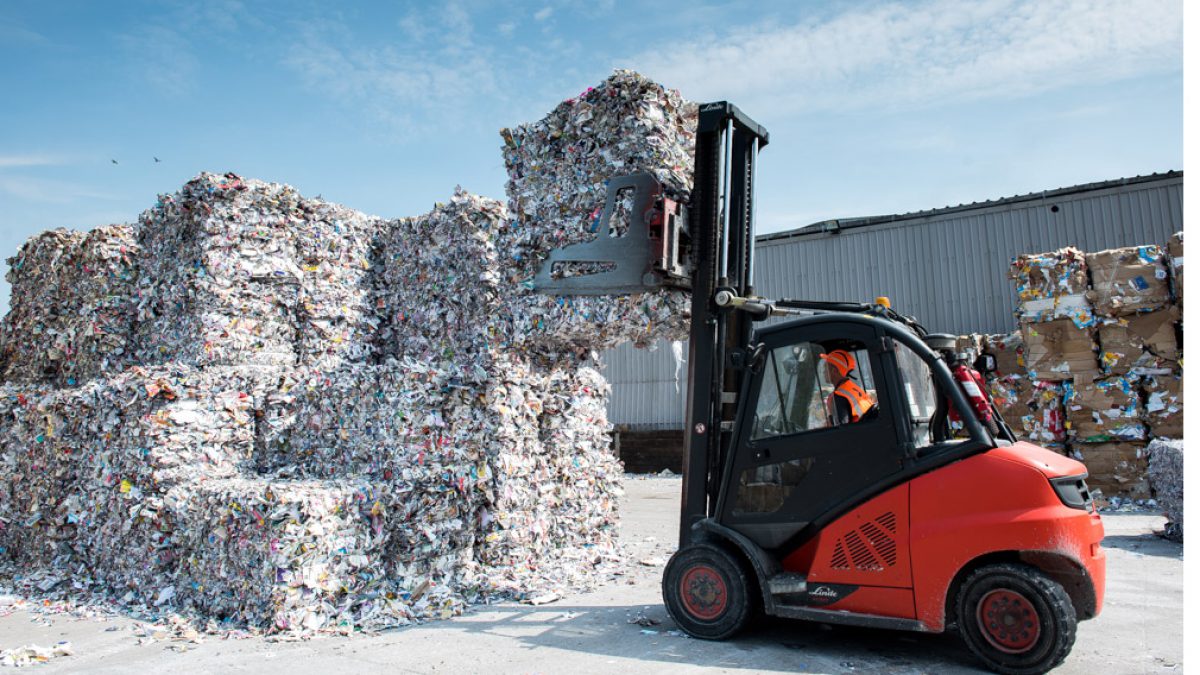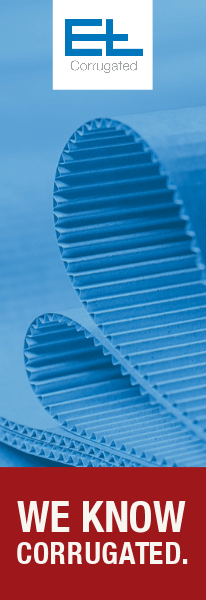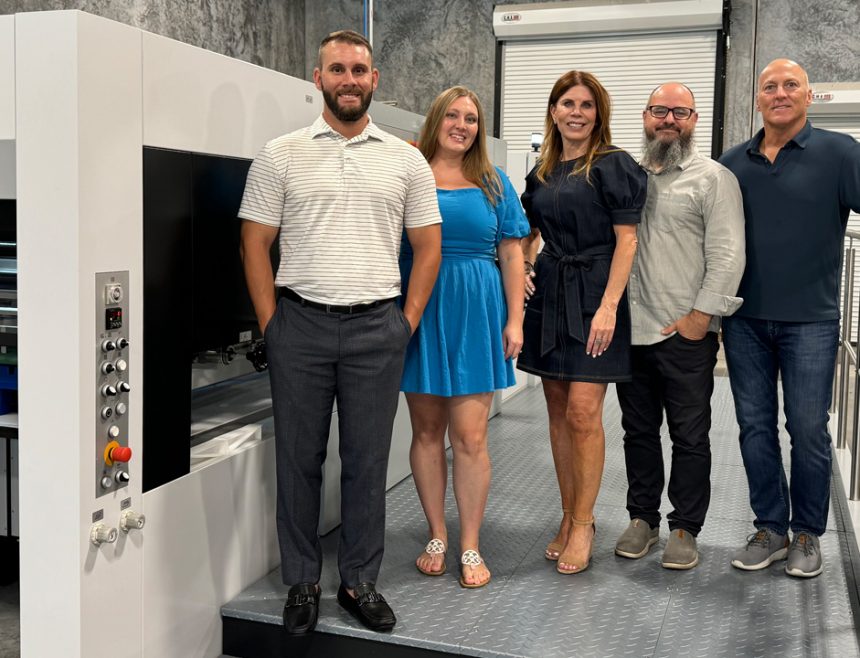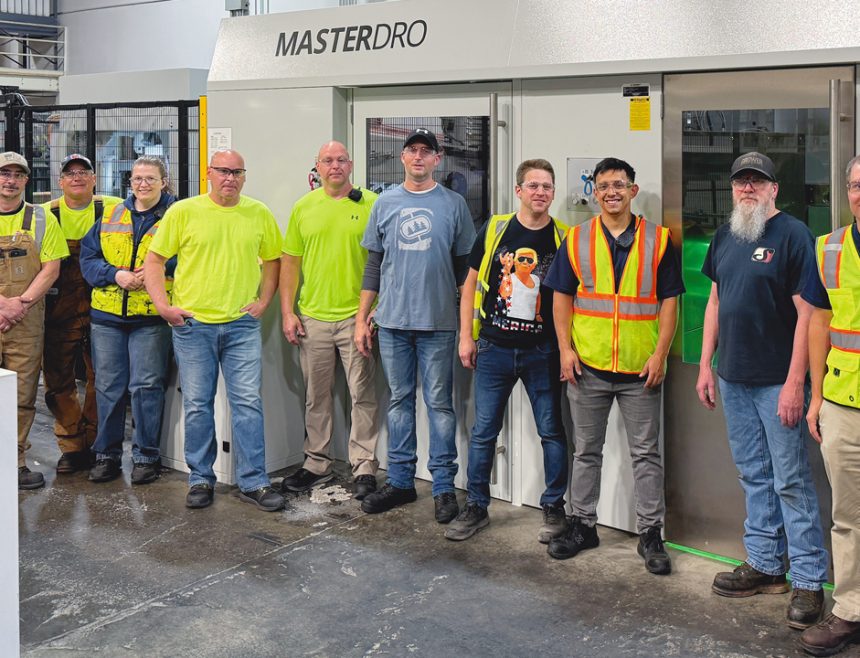What is zero waste?
‘Zero waste’ is the idea that by making changes to the way we live, work, and use resources, we could eliminate all unnecessary waste from society. If all products could be designed so that they produce no waste by making all of their components reusable or recyclable, and if all people had access to reliable recycling services, we might be able to create a society where items will always be reused or recycled instead of being thrown away.
It’s a hugely ambitious idea, and one that will take some time for society to achieve, because many of our products and processes currently create waste in one way or another. But the principles of zero waste can be adopted now to help us achieve those zero waste ambitions. By preventing items from becoming waste, and designing for reuse and recyclability, people can reduce the amount of waste that they generate.
DS Smith’s ‘Box to Box in 14 Days ’ model, with its closed paper recycling loop, is part of the zero waste philosophy. By recycling used paper and cardboard – some of which is produced by DS Smith – into new products, the company says it is preventing them from becoming waste, and they are using waste as a resource for their manufacturing operations.
DS Smith’s further zero waste ambitions are built into its Sustainability Strategy. Three of the targets are to:
- send zero waste to landfill by 2030;
- grow its net positive recycling position;
- manufacture 100% reusable or recyclable packaging by 2025.
Working toward each of these targets will help to reduce waste and to recycle more.
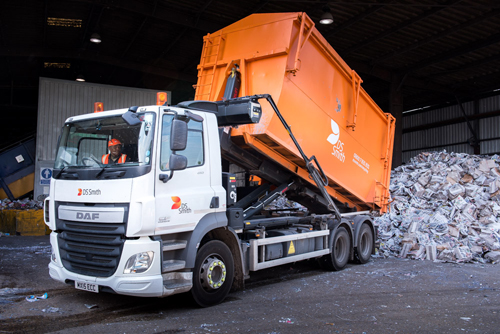
What is a ‘net positive’ recycling position?
‘Net positive’ means the overall impact of the whole of the DS Smith Group’s operations – it’s not just referring to its own waste streams. As a Group, DS Smith manufacture around 4.5 million tonnes of packaging annually across the Packaging and Plastics Divisions. However, the Recycling and Paper Divisions manage over 5 million tonnes of material for recycling every year, which means that, as a Group, they are recycling more than they produce.
Part of the company’s Sustainability Strategy is to grow this position, to make sure that as the Group grows, DS Smith is always able to recycle more material than it produces.
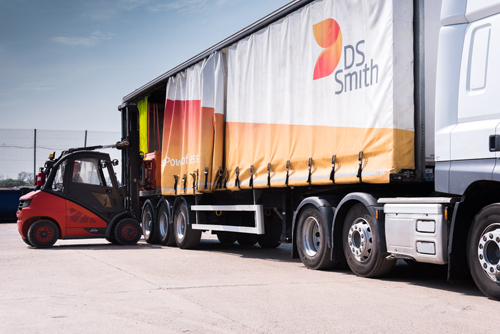
What steps are being taken?
When they collect cardboard for recycling, DS Smith are using someone else’s waste as a resource for their own manufacturing process. But the idea that ‘waste is a resource’ goes beyond just feedstocks – it can apply to its own internal operations, too.
There are teams across DS Smith who will look at the waste from one area of the business, and see if it can be turned into something useful once more. For example, the paper mills gather up the plastics that are removed from the paper that it recycles – approximately 32,000 tonnes of plastic every year are extracted from the company’s pulpers. As a result, projects around the business have been working to find ways of using that plastic again.
Aschaffenburg Mill, in Germany, has worked with the Plastics Division in Croatia to create a closed plastics recycling loop within the business, using mill waste as a resource. The light rejects extracted from the mill eventually become an award-winning plastic product called ‘Beaulex’.
Similarly, most of the group’s packaging plants have underfloor conveyor belts, which collect up 636,000 tonnes of recycled cardboard off-cuts from the manufacturing process. These off-cuts are often sent back to paper mills to be recycled into cardboard once more, but in the UK, a team at Blunham Packaging and the Recycling Division work together to turn the off-cuts into a new product called BedKind.
BedKind is a premium cardboard animal bedding that’s great for horses because it’s low in dust, highly insulating, and extremely absorbent, keeping them warm, dry, and comfortable at night. It also composts much more quickly than other types of animal bedding, and has several key benefits if used as a fertiliser on farmland, increasing soil quality and supporting crop growth – so it’s great for horse owners, too.
These are just some of the examples of the work that’s being done by teams across the business to explore ways we can work toward zero waste.

